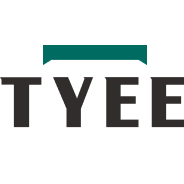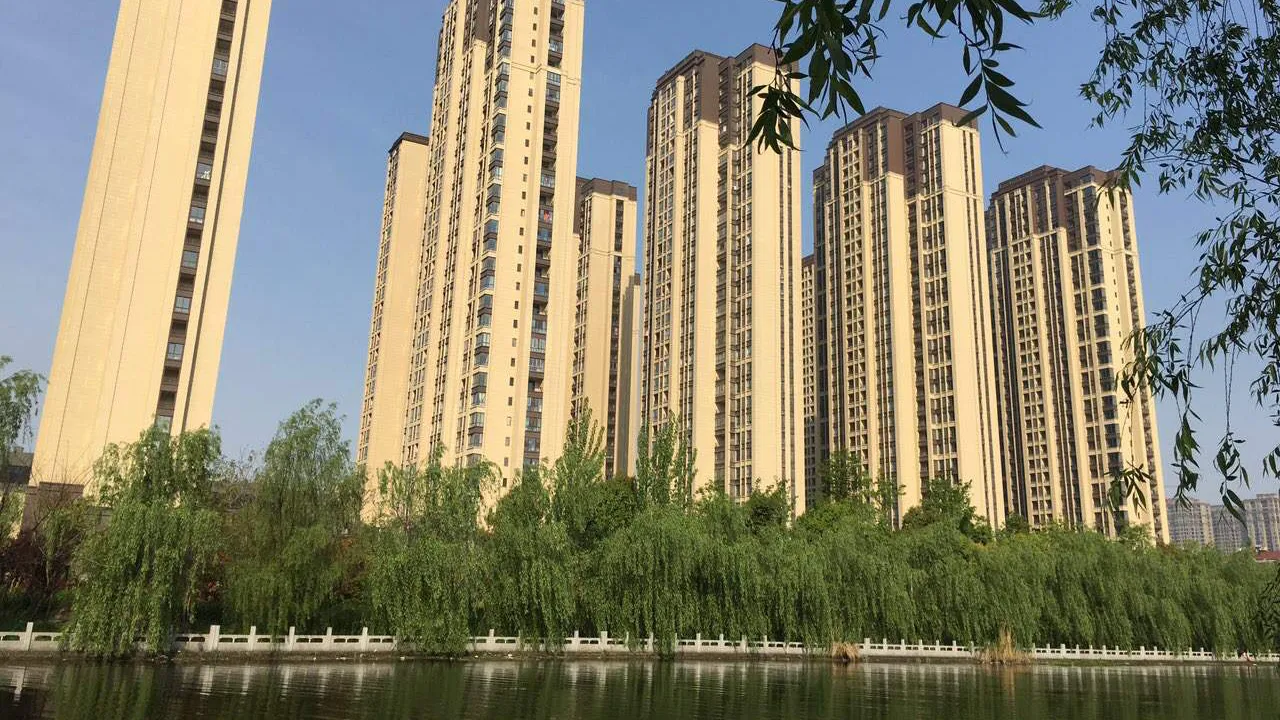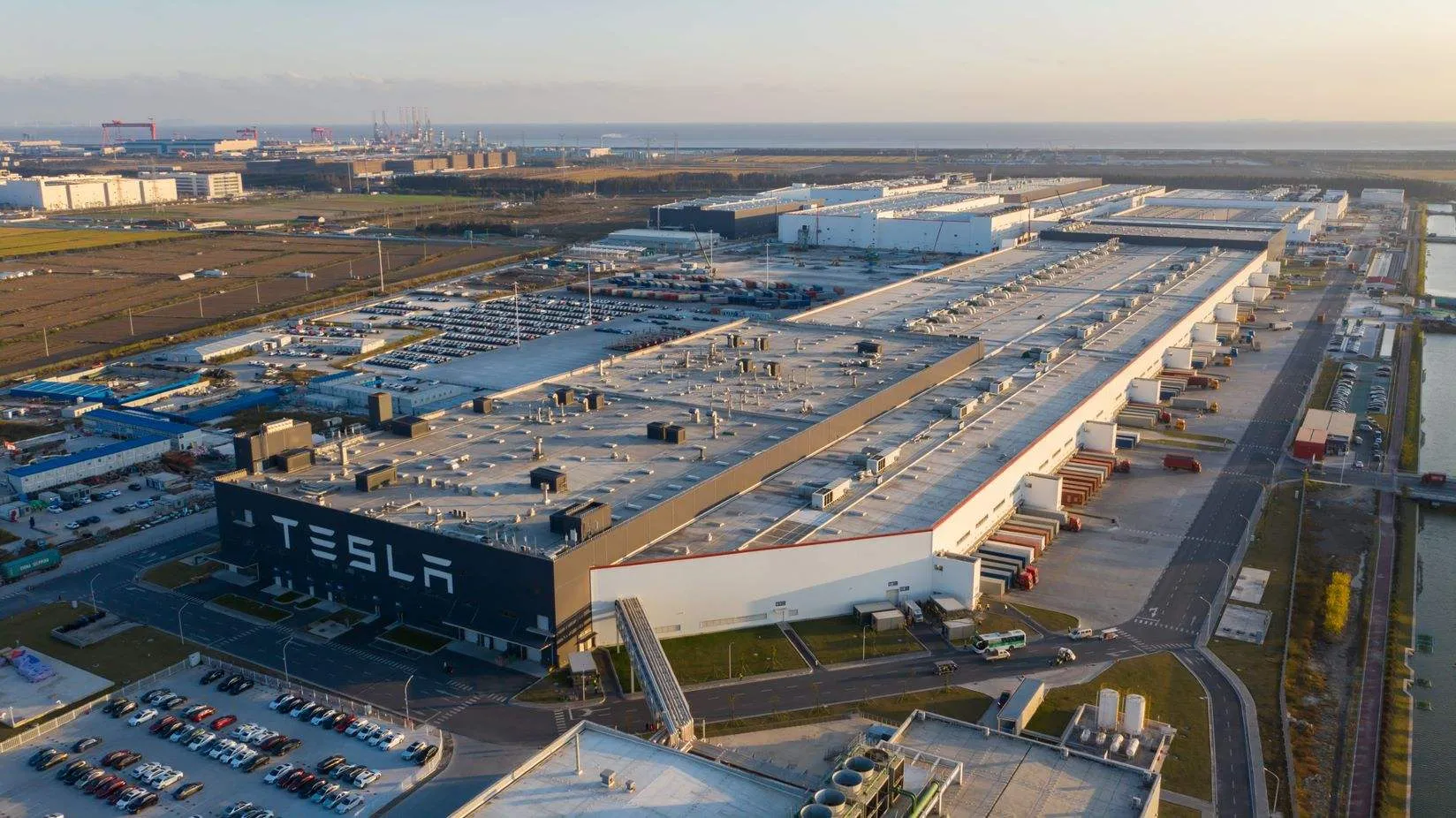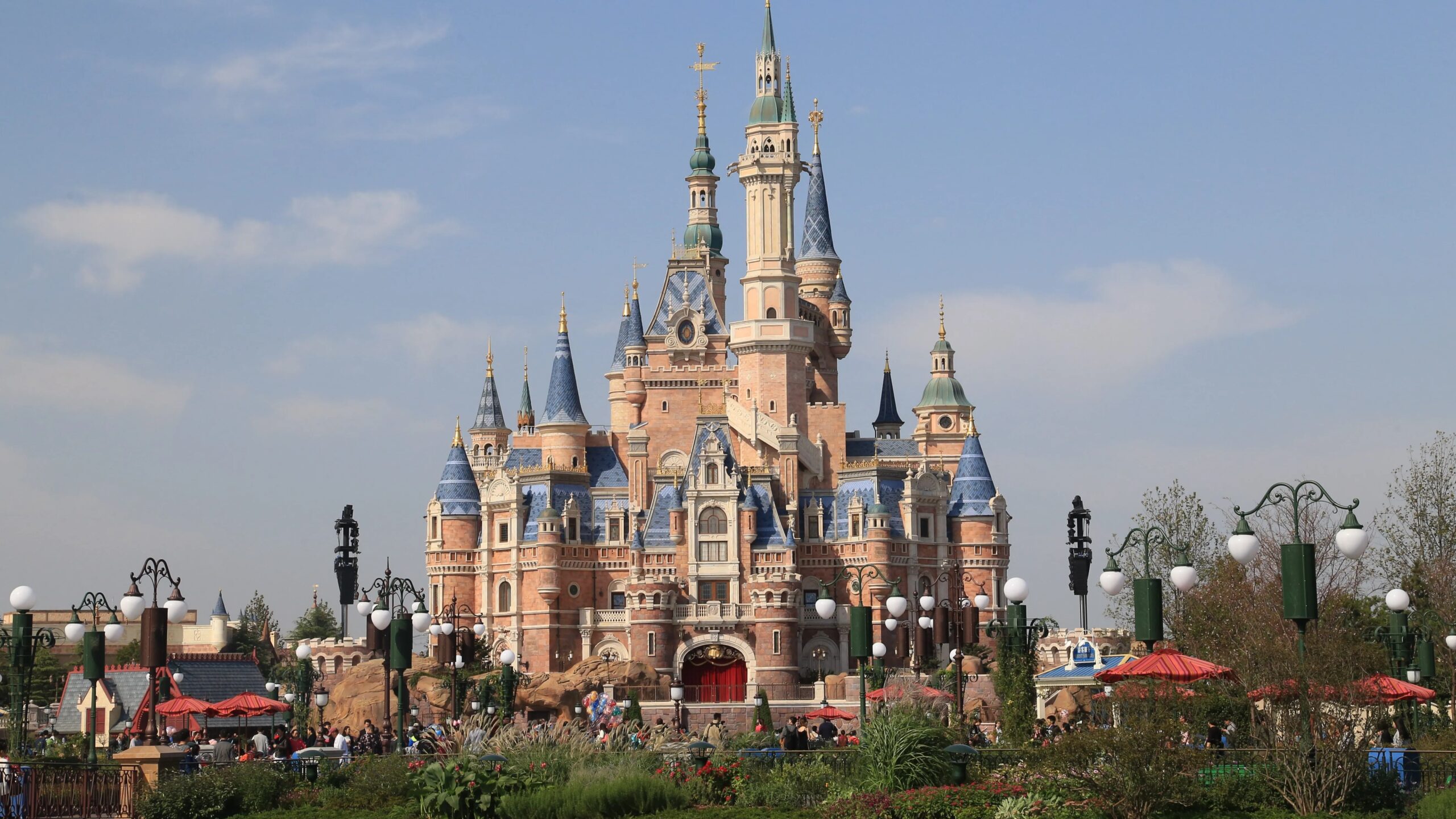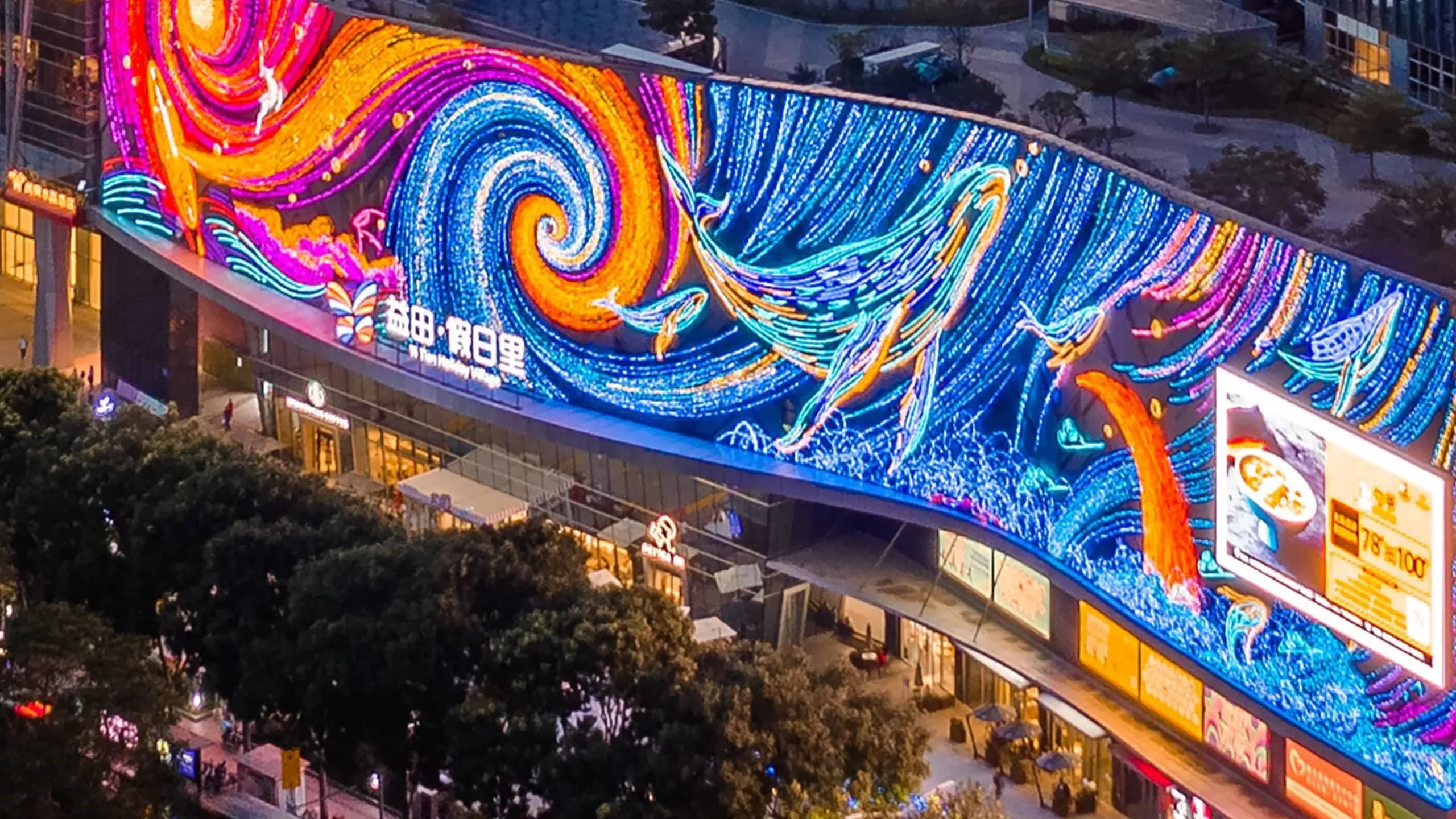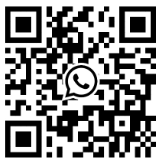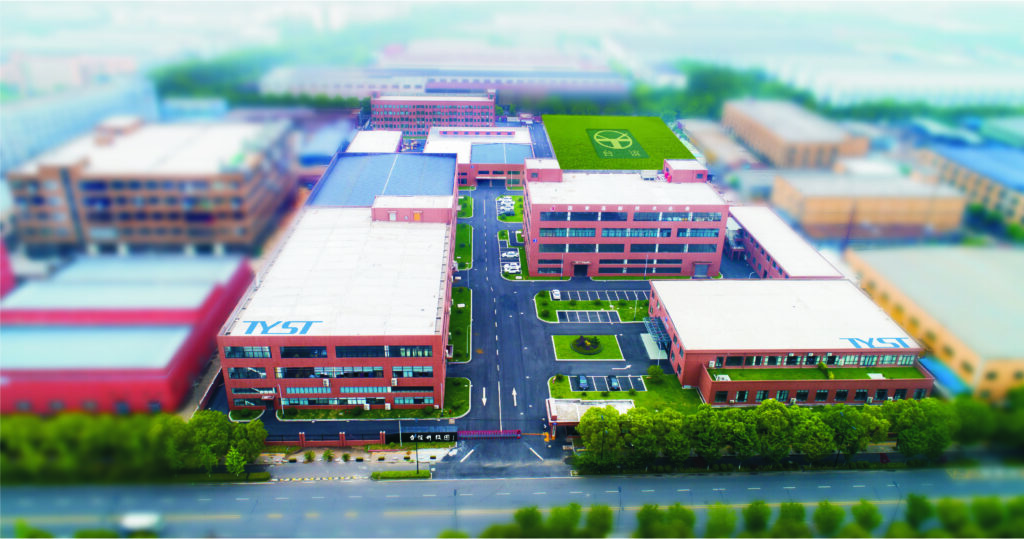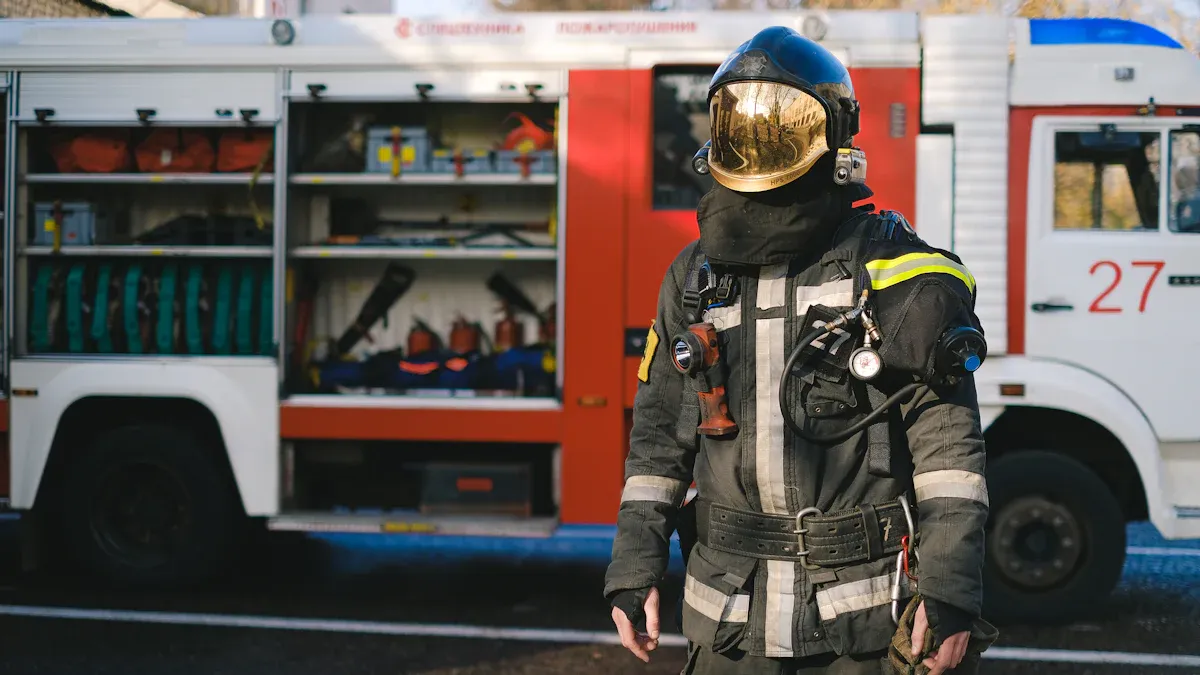
Fire safety is very important in Vietnam. Over 4,100 tall buildings are high-risk. Many apartments in Hanoi and HCM City don’t have working fire alarms or fireproof doors. This puts people in danger. Tragic events like the Carina Plaza fire, where 13 people died, show the risks. Modern fire alarm systems are a must. They help keep people safe and protect growing cities.
Key Takeaways
-
Fire safety is very important in Vietnam’s tall buildings. Many buildings don’t have good fire alarms, which is dangerous. Regular checks and upgrades are needed to keep people safe.
-
New fire alarm systems, like TYEE’s, use smart tools to find fires fast. These systems save lives and protect buildings during emergencies.
-
Voice evacuation systems give clear directions during a fire. They help people stay calm and leave safely, stopping panic.
-
Adding video cameras to fire alarms makes buildings safer. Smart cameras can spot fires and help plan safe ways out.
-
Hiring trained fire safety experts ensures buildings follow safety rules. Their skills help stop disasters and protect everyone.
Fire safety challenges in high-rise buildings
Unique fire risks in high-rise buildings
Tall buildings have special problems with fire safety. They are harder to evacuate than smaller buildings. People on higher floors may struggle to escape quickly. Older buildings and those without elevators make it even harder. People with disabilities face bigger challenges during emergencies. Many residents worry about escaping safely if a fire happens. Trust in building managers is also important. If safety systems seem unreliable, people feel less secure.
Cities like Hanoi and Ho Chi Minh City have crowded buildings. This increases fire risks and makes firefighting harder. Narrow spaces limit where fire trucks and equipment can go. Many buildings in Vietnam don’t meet fire safety rules. This makes emergencies more dangerous. These problems show why better fire safety is needed.
Compliance with Vietnamese fire safety standards
Vietnam has rules to keep tall buildings safe from fires. These rules include using fireproof materials and planning escape routes. For example, Article 11 explains how to use fire-resistant materials. Article 12 focuses on stopping fires from spreading and helping firefighters.
|
Article |
Description |
|---|---|
|
11 |
Rules for fireproof materials and escape routes in tall buildings. |
|
12 |
Plans for new buildings to stop fire spread and help firefighters. |
|
13 |
Safety rules for building design, escape routes, and firefighting systems. |
|
14 |
Budget plans for fire safety in construction projects. |
|
5 |
Safety rules for facilities, including signs and firefighting plans. |
Many buildings don’t follow these rules. Inspections in Hanoi found 52 safety violations. Some buildings were built without fire safety checks. These problems put people at risk. Following fire safety rules is very important.
Lessons from recent fire incidents in Vietnam
Recent fires in Vietnam show the dangers of poor safety. Many tall buildings don’t meet basic fire safety standards. This has caused serious accidents and deaths. Studies show that public apartments have big fire risks. Evacuating during emergencies is often difficult. New buildings often lack good fire safety systems. This makes it harder to protect people.
These fires show why action is needed now. Better safety systems and following rules can save lives. Learning from these events helps communities push for safer buildings. Everyone deserves a safe place to live.
Modern fire alarm system solutions for high-rise buildings

Role of fire alarm control panels in fire detection
Fire alarm panels are key to modern fire safety systems. They connect detectors, alarms, and sprinklers to respond quickly in emergencies. These panels sense early fire signs like smoke or heat. They then trigger alarms to warn people right away. Early detection stops fires from spreading and reduces damage.
These panels also work with other systems like sprinklers and HVAC. This teamwork protects lives and property during fires. Regular checks and following rules like NFPA 72 keep them reliable. They also help first responders and make evacuations smoother. With new technology, fire alarm panels give peace of mind. They ensure buildings are ready to handle fire risks.
Voice evacuation systems for high-rise buildings
Voice evacuation systems are very helpful in tall buildings. They give clear instructions during emergencies to guide people safely. Unlike loud alarms, voice systems explain what to do step by step. This helps avoid panic, especially in crowded places.
More buildings are using these systems because they work well. By 2025, many commercial buildings will use them worldwide. Big places like the Vodafone Campus already rely on them. Thousands of workers there trust these systems during emergencies. Adding voice evacuation systems shows you care about safety. They help people stay calm and act quickly during fires.
Integration of video surveillance with fire alarm systems
Using cameras with fire alarms makes fire safety better. Smart cameras can spot fires by detecting motion or color changes. They act fast, helping sprinklers start quickly to stop fires.
This setup gives your building a big safety boost. Cameras show live footage during emergencies, helping firefighters find the fire. They also help plan safe evacuation routes. Combining cameras with alarms improves safety and meets fire safety rules. Together, they make buildings safer for everyone inside.
Addressing false alarms and enhancing reliability
False alarms in fire systems cause big problems. They interrupt daily life and waste time. Most importantly, they make people lose trust in the system. If alarms go off too often without a real fire, people might ignore them. Ignoring alarms during real fires can lead to serious danger. A good system should reduce false alarms and stay reliable.
Modern fire technology helps solve this issue. Multi-sensor detectors are very useful. These devices check smoke, heat, and gas levels before sounding an alarm. This stops false alarms from harmless things like steam or dust. Another smart tool is fiber temperature sensors. These sensors tell the difference between real fires and safe situations. They only trigger alarms when needed.
False alarms can cause “alarm fatigue.” At Seton Hall University, students ignored alarms because they happened too often. During a real fire, they delayed evacuating, which caused harm. In Greater Manchester, residents also ignored alarms due to frequent false triggers. These examples show why reliable systems are so important.
Combining fire alarms with other building tools makes them better. For example, adding cameras to alarms helps confirm fires. Smart cameras can spot smoke or flames and check if the alarm is real. This reduces false alarms and helps people evacuate faster. Cameras also give live updates to emergency teams.
Keeping fire systems updated is very important. Old systems often cause more false alarms and may not follow safety rules. Regular maintenance and upgrades make buildings safer. Advanced fire systems save lives, protect property, and give peace of mind.
Advanced technologies for fire safety in high-rise buildings
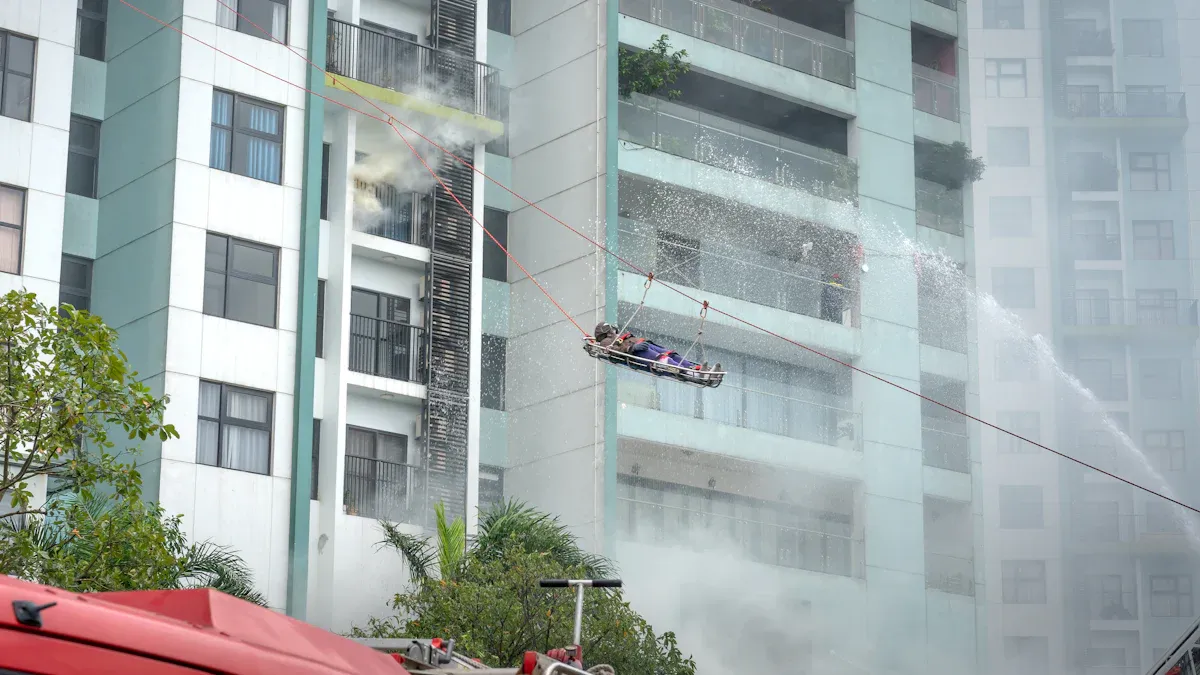
IoT-enabled smart fire alarm systems
Think of a fire alarm that plans ahead. IoT-enabled systems do this. They link sensors, alarms, and tools into one network. These systems quickly detect heat, smoke, or gas changes. They warn you early, stopping fires before they grow. For example, a factory in North America used IoT to track heat. This stopped fires before they could start.
In Vietnam, tall buildings fill the cities. IoT systems can improve fire safety here. They give live updates on fire spots and crowded areas. This helps emergency teams act faster and save lives. Using IoT protects people and property while reducing risks.
AI-powered fire detection and response
AI makes fire detection smarter and faster. It uses data from sensors and cameras to find fires quickly. AI can spot a fire in less than a minute. It alerts teams up to two hours earlier than old systems. This quick action saves lives and limits damage. A healthcare company using AI stopped three fires in six months. They also cut false alarms by 85%, helping their team work better.
For tall buildings, AI is a big help. It predicts dangers, helps evacuations, and lowers insurance costs. With AI, your building stays safe and ready for any fire risks.
Cloud-based monitoring and remote management
Cloud systems bring fire safety online. They let you check your building’s safety from anywhere. These systems store data safely and send real-time updates. Imagine getting a fire alert on your phone while far away. You can act fast, call for help, and keep people safe.
Cloud systems also make maintenance easier. They track how well systems work and plan updates automatically. For Vietnam’s tall buildings, cloud monitoring keeps fire systems strong and reliable. It’s a smart way to protect lives and property.
Customization and scalability for high-rise buildings
Every tall building is different, so fire safety must fit. Custom systems meet your building’s special needs. Scalable systems grow as your building changes. Together, they create a strong safety plan that adjusts to challenges.
Why Customization Matters
Custom fire alarms match your building’s layout and risks. For example:
|
Custom Feature |
How It Helps in Tall Buildings |
|---|---|
|
Fire Exits |
Placed for quick and safe escapes |
|
Fire-Resistant Materials |
Protect the building during emergencies |
|
Smoke Control Systems |
Keep stairs clear for easy evacuations |
You can set up alarm zones to fit your building’s design. Alerts can be sent to the right people at the right time. This makes residents and workers feel safer and more confident.
The Power of Scalability
As your building grows, your fire system should grow too. Scalable systems change without needing a full replacement. For example:
-
Add more alarms or detectors when you expand.
-
Upgrade to smart tools like AI or IoT later.
-
Change safety settings to handle new risks.
“MxPro 5 works for small setups or large networks with 200 panels.”
This flexibility keeps your system useful, even as your building changes.
By choosing a custom and scalable fire alarm system, you prepare for the future. You save lives, follow safety rules, and make your building safer for everyone.
TYEE’s fire safety solutions for high-rise buildings
Automatic fire alarm system by TYEE
TYEE’s fire alarm systems bring advanced safety to tall buildings. These systems use smart technology to detect fires early. They act fast to protect people and property. The TY2001 system uses special sensors and smart tools. It reduces false alarms but stays alert to real fire dangers.
Here’s how the system performs:
|
Feature |
Description |
|---|---|
|
Gives instant updates about fire safety conditions. |
|
|
Rapid Response Capabilities |
Acts quickly when a fire is detected. |
|
Seamless Integration |
Fits easily into different building setups. |
With TYEE’s fire alarm systems, you get quick alerts and reliable safety. These systems are easy to add to your building. TYEE helps keep high-rise buildings in Vietnam safe and secure.
Emergency Lighting and Evacuation Indication System by TYEE
TYEE’s emergency lighting system helps guide people during emergencies. It shows safe paths using smart sensors and real-time fire data. The system has a long-lasting battery to work even in long emergencies.
Key features include:
-
Connects with fire alarms for better guidance.
-
Provides lights and sounds to help people evacuate.
This system works well in tall buildings, hospitals, and malls. It is waterproof and needs little maintenance. TYEE’s system ensures safe and smooth evacuations, even in tough situations.
Intelligent evacuation solutions for high-rise buildings
TYEE’s smart evacuation solutions use IoT and AI for safety. They monitor buildings in real-time and guide people during emergencies. Smart sensors and a central system make quick actions possible.
These solutions are used in big places like Shanghai Disneyland. They show TYEE’s ability to handle complex spaces. With TYEE’s smart evacuation tools, your building stays ready for emergencies. People inside will stay safe and protected.
Benefits of partnering with TYEE for fire safety
Picking TYEE for fire safety gives you great benefits. With over 32 years of experience, TYEE is a trusted name in fire protection. Here’s why TYEE is the right choice for keeping your high-rise building in Vietnam safe:
-
Local Expertise and Presence
TYEE has a strong base in Vietnam with local factories and partners. This means faster help, easy communication, and solutions made for Vietnam’s tall buildings. Their team knows local rules and fire safety needs well. -
Proven Track Record
TYEE has worked on big projects like Shanghai Disneyland and Hangzhou Olympic Sports Center. These successes show they can handle tough jobs. When you choose TYEE, you get systems trusted by top places worldwide. -
Cutting-Edge Technology
TYEE uses advanced tools like IoT, AI, and cloud systems. These tools give real-time updates, smart predictions, and better evacuation plans. TYEE’s systems are reliable and ready for the future. -
Comprehensive Support
TYEE’s expert team helps from planning to setup. They make sure the system fits your building’s needs. Regular checkups and updates keep everything working well, so you can feel safe.
Tip: Choosing TYEE isn’t just about getting a fire alarm. It’s about making your building safer and smarter for everyone inside.
By partnering with TYEE, you join many happy clients who trust them to protect lives and property. Start your journey to a safer future with TYEE today.
Recommendations for implementing fire alarm systems
Checking fire safety needs of tall buildings
Each tall building has its own fire safety needs. To keep everyone safe, you must study these needs carefully. Look at the building’s design, how many people live or work there, and what might cause fires. This helps you pick the best fire alarm system and escape plans.
Experts use smart ways to check fire safety, such as:
-
Fuzzy Theory: Handles unclear details in fire safety checks.
-
Neural Networks: Quickly studies fire risks using tools like RBFNN.
-
Analytic Hierarchy Process (AHP): Rates fire safety factors with expert advice.
-
Backpropagation Neural Network (BPNN): Checks fire safety in big places like malls.
-
Real-time Evacuation Route Planning: Uses live info to plan safe escapes.
These methods help you control evacuations better. They make sure your building is ready for emergencies and follows safety rules. TYEE’s team in Vietnam can help with these checks, offering custom solutions for tall buildings.
Following Vietnam’s fire safety rules
Obeying fire safety rules in Vietnam is very important. These rules make sure buildings have good fire alarms, sprinklers, and escape plans. Following them also avoids legal trouble and builds trust with people inside.
To follow these rules, you should:
-
Use fireproof materials and plan escape routes (Article 11).
-
Install alarms and sprinklers that match Article 13 rules.
-
Check and fix fire safety tools often to avoid problems.
TYEE knows Vietnam’s fire safety rules well. Their smart fire alarms and emergency lights meet these rules. They give strong and reliable safety for tall buildings.
Why regular checks and updates matter
Fire alarms need regular care to work well. Skipping maintenance can cause failures, risking lives and property. Regular checks by experts find and fix small problems early. This keeps your fire alarm system working properly.
Upgrading your system is also key. New tools like IoT detectors and AI monitors improve safety. They cut down false alarms and make escape plans better. Studies show that regular care and updates are crucial for tall buildings. They keep systems reliable, avoid fines, and meet safety rules.
TYEE offers full support for fire alarm care and updates. Their team does regular checks and adds new features to keep your building safe. With TYEE, you can stay ready for fire risks and protect everyone inside.
Consulting certified fire safety experts
Fire safety in tall buildings needs expert advice. Certified fire safety experts have special skills and lots of experience. They know how fires spread and how people act in emergencies. Their help makes sure your building is ready for fire risks.
Fire safety rules can be hard to understand. Some assessors don’t have the right training, which can cause problems. Certified experts fix this by giving clear advice and solutions. They know what works best to keep buildings safe.
The Department Committee on the Fire Service said, “Only people with real firefighting experience can judge fire safety well. They know the biggest fire dangers, how fires behave, and how people react.”
Certified experts study fire reports to find patterns and improve safety plans. These reports help make better rules and safer buildings. Working with these experts gives you more than just basic safety. You get a partner who helps make your building safer.
Don’t take chances with fire safety. Choose certified experts who understand the risks of tall buildings. Their knowledge can prevent big disasters and save lives. With their help, you can protect people, property, and feel secure.
Fire safety in Vietnam’s tall buildings is very important. Crowded cities and more people make fires more likely. Advanced fire alarm systems are needed to keep everyone safe. These systems warn people early and protect them during fires. New tools like smart smoke detectors and monitoring systems help respond quickly.
You can help make buildings safer. TYEE’s smart fire safety systems are a great choice. They are reliable and use the latest technology. Save lives, protect buildings, and make the future safer for all.
FAQ
What makes TYEE fire alarm systems unique?
TYEE systems use smart tools like IoT and AI for safety. They find fires early, lower false alarms, and guide evacuations well. Their flexible designs work for any tall building, keeping people safe. With TYEE, you get trusted, modern solutions used worldwide.
How do TYEE systems handle false alarms?
TYEE uses smart detectors and clever programs to stop false alarms. These systems check smoke, heat, and gas levels before sounding alerts. This keeps alarms accurate and avoids unnecessary interruptions, making the system trustworthy.
Can TYEE systems adapt to my building’s needs?
Yes! TYEE systems can grow and change as needed. Whether your building is big or small, their systems adjust easily. You can add tools like AI or better evacuation features anytime, ensuring long-term safety.
Are TYEE fire safety solutions easy to maintain?
Definitely! TYEE systems are built for simple care. Regular updates and checks keep them working well. Their team offers support to ensure your system stays safe and meets all rules.
Why should I choose TYEE for my high-rise building?
TYEE has over 32 years of experience and uses advanced technology. Their systems save lives, protect property, and follow local rules. Choosing TYEE means picking a trusted leader in fire safety.
Tip: Want better fire safety? Check out TYEE’s solutions today to protect your building!

